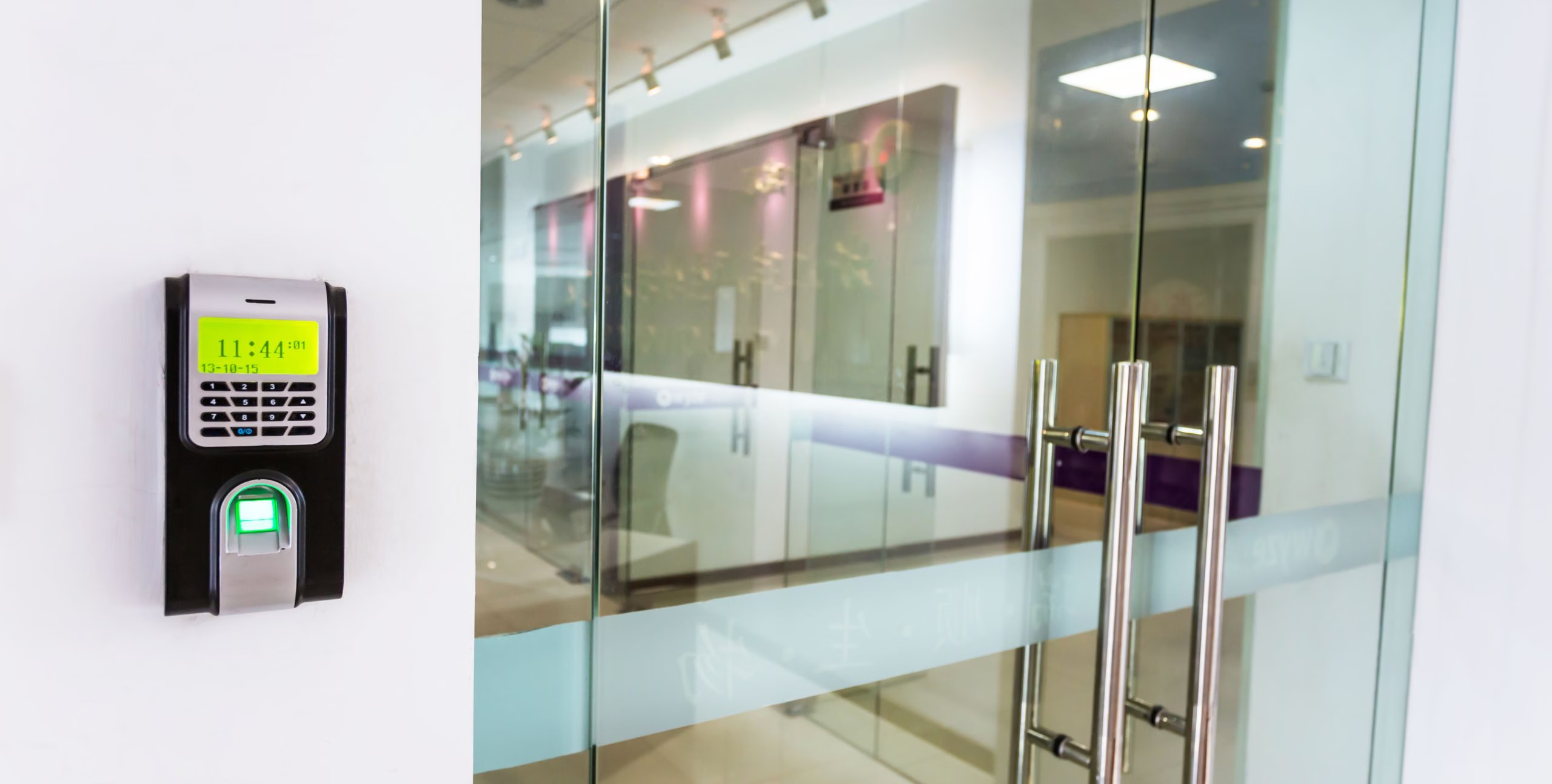Access control is a formidable fortress in security, dictating who gains entry and when they do so. It is the guardian of our physical spaces, whether it be a door, gate, or cabinet. Access control systems, governed by sophisticated controllers, wield the power to restrict entry based on many criteria, including time, date, and authorization. In this article, we delve into building access control systems, exploring their components, features, and the myriad benefits they offer organizations.
Why Choose Access Control?
Access control is more than just a means of entry regulation; it is a sentinel of security and efficiency. Card readers, for instance, provide access and furnish an audit trail, meticulously documenting each entry. By minimizing reliance on physical keys, access control systems elevate security while enabling the unlocking and locking doors on predetermined schedules. They hold the key to safeguarding classified documents and can even trigger emergency lockdown procedures when needed.
Integrated Security
Building access control systems is the cornerstone of integrated security solutions, offering unparalleled convenience and peace of mind. Imagine the ability to monitor and unlock doors from the palm of your hand, all through your cell phone. Whether it’s key cards, wireless credentials, facial recognition, or closed-circuit television (CCTV), these systems ensure secure access to high-security areas while seamlessly integrating with other security measures.
Automatic Gates, Barrier Arms & Turnstiles
Integrating access control systems with physical barriers such as gates, barrier arms, and turnstiles fortifies the perimeter of your organization’s property and parking areas. This additional layer of protection not only deters unwanted access but also enhances the efficiency of access management. Moreover, with the integration of RFID systems, organizations can effortlessly track time and attendance, further optimizing operational processes.
Components of a Building Access Control System
Video Surveillance Cameras |
Offer visual oversight of entry points and critical areas. |
Card Readers |
Authenticate users and grant access based on credentials. |
Key Pads |
Utilize unique biological traits for secure authentication. |
Wireless Networked Access Locks |
Enable remote locking and unlocking of doors for added convenience. |
Electrified Door Controls |
Provide enhanced security by controlling access to electrified doors. |
Alarms and Intercoms |
Alert users to unauthorized access attempts and facilitate communication. |
Interface with Public Safety Radio Communications |
Ensure seamless communication with emergency responders. |
Integration with Life Safety and Mass Notification System |
Enhance emergency preparedness and response capabilities. |
Features and Capabilities
Building access control systems boast many features and capabilities designed to enhance security and streamline operations. These include:
Seamless Monitoring and Management |
Administrators can monitor and manage access in real time, ensuring comprehensive oversight. |
Elimination of Blind Spots |
Comprehensive coverage mitigates the risk of unauthorized access in overlooked areas. |
Remote Access and Management |
Access control systems can be managed remotely, offering flexibility and convenience. |
Secure Accessibility Across Multiple Platforms |
Users can securely access the system from various communication platforms. |
Integration with Wireless Mobile Devices |
Mobile integration enables on-the-go access and management, empowering users with greater control. |
Building access control systems are the bedrock of modern security infrastructure, offering unparalleled protection and efficiency. At TruConnect, we specialize in delivering client-focused solutions tailored to your organization’s unique needs. We are committed to safeguarding your people and operations with forward-thinking solutions, whether integrated security and monitoring systems, automatic gates, barrier arms, or turnstiles.
Contact us today to experience the power of building access control systems and embark on a journey toward a safer and more connected future.
